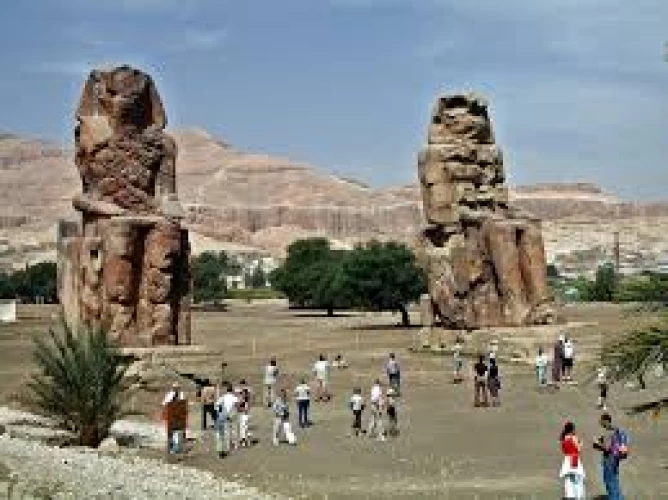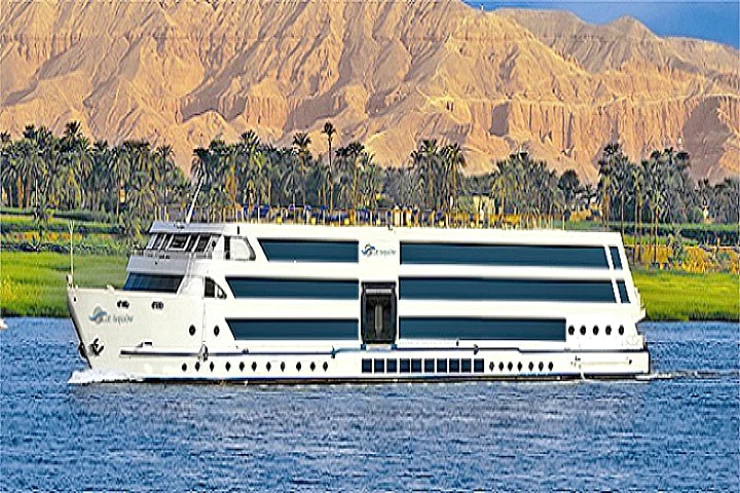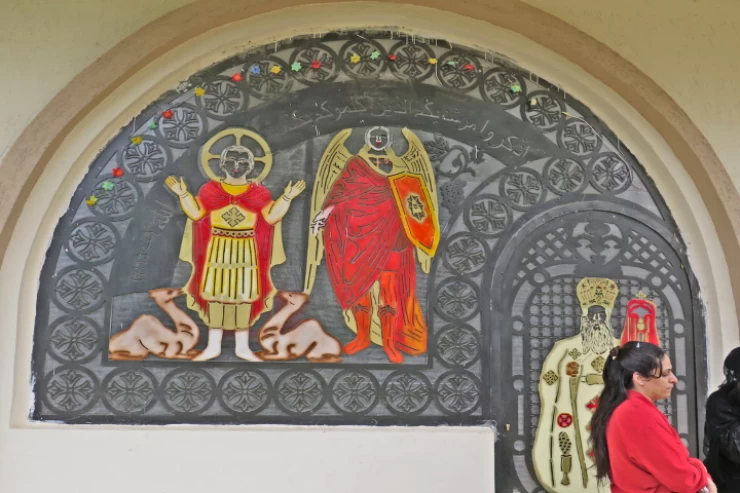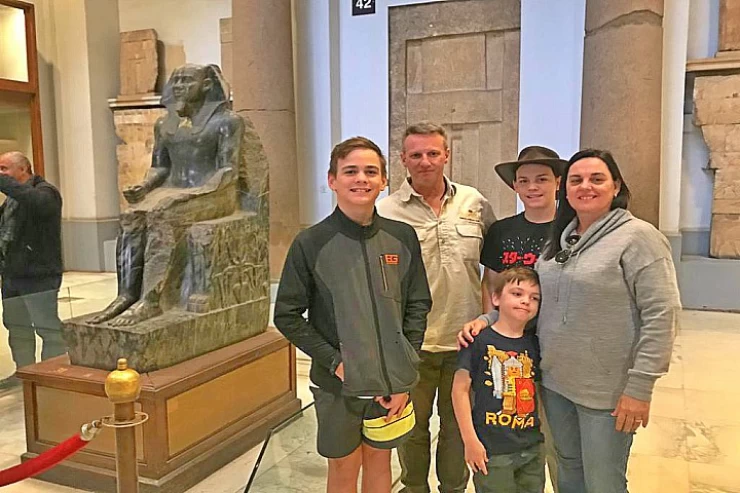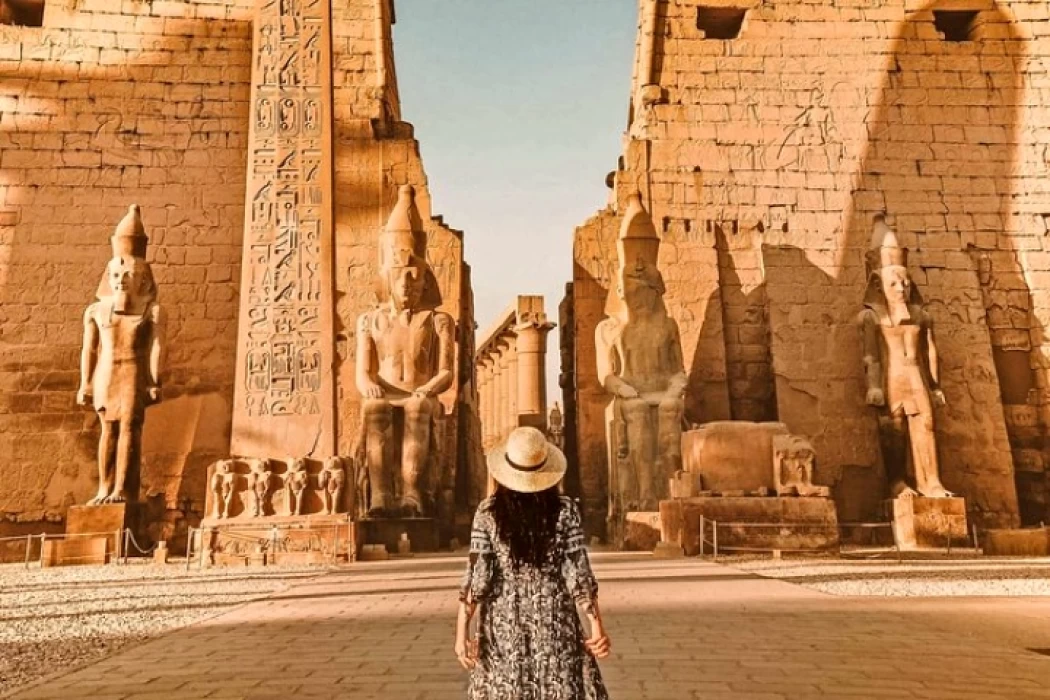
Luxor Governorate Egypt | Luxor Governorate History
the temple of Tutankhamun was in the south of Thebes, the temple was designed on the brink of the watercourse and parallel with the bank and is known recently as a result of the Temple of the city. Associate in Nursing avenue of sphinxes connected it to the nice Temple of Egyptian deity at Karnak. the fashionable name city (Arabic: Al-Uqṣur) suggests “The Palaces” or even “The Forts,” from the Roman castra.
A small tent is all that is left of the previous building on the situation, though they are all told likelihood was a temple there earlier inside the eighteenth bloodline if not before. Amenhotep III’s temple was completed by the ruler of Egypt (reigned 1333–23) and Horemheb (1319–1292). Ramesses the nice (1279–13) adscititious another court, a pylon, and obelisks; smaller additions were created to the temple in Ptolemaic times. Its hypostyle hall was just once regenerated into a Christian church, and additionally, the remains of another Christian church are going to be seen to the west of it.
The original part of the Temple of the city consisted of an associate oversize colonnade court and fancy halls and chambers on the so much facet. In one hall can be a granite shrine of Alexander the nice. the nice colonnade yard is coarctate on three sides by a double row of swish papyrus-cluster columns, their capitals imitating the umbels of the papyrus plant within the bud. Associate in Nursing entrance flanked by the towers of a pylon was planned for the north end, however, this vogue was altered, and, instead, the foremost putt feature of the temple, the associate imposing colonnade of fourteen pillars, 52 feet (16 meters) high, was added. This colonnade, which together has papyrus-umbel capitals, may area unit supposed for the central space of a hypostyle hall reasonably like that at Karnak, however, the aspect aisles weren't built; instead, introduction walls were designed down either aspect. Ramesses the nice adscititious Associate in Nursing outer court, adorned with giant statues of himself between the pillars of a double colonnade, and a lofty pylon on which he pictured pageant scenes and episodes from his wars within the land. prior to the pylon where giant statues of the ruler of Egypt (some of that remain) and an attempt of obelisks, one all told that also stands; the alternative was removed in 1831 and re-erected inside the Place American state la Concorde in Paris.
When Thebes declined politically, the city remained in the underpopulated area of the town, that huddled around the Ramesside pylon. a bunch had its headquarters inside the 18th-dynasty temple, and Coptic churches were designed around the temple and inside the Ramesside court. inside the (909–1171), a house of worship was designed over the foundations of the church inside the court; the house of worship was dedicated to part saint administrative body is acknowledged to possess introduced Islam to the city. His feast is documented with a ship procession resembling Associate within the Nursing ancient ceremony, the pageant of Opet, throughout that, on the nineteenth day of the second month, Egyptian deity was said to come back from Karnak on his state barge to travel to his totally different temple at the city, escorted by the parents of Thebes in vacation attire. Reliefs on the walls of the nice colonnade depict preparations for the procession of sacred barks throughout the pageant.
Luxor, aboard totally different Greek sites—Karnak, the formation of the Queens, and additionally the formation of the Kings—was elite as a UNESCO World Heritage website in 1979. Excavations and preservation efforts area unit current. In 1988 the Egyptian Antiquities Organization uncovered numerous 18th-dynasty statues at the court of Amenhotep III, and work to excavate and preserve the court continued through the next decades. inside the 21st century, a project began to excavate the avenue of sphinxes between the Temple of the city and additionally the good Temple of Egyptian deity at Karnak.
The up-to-date city, a city for the surrounding agricultural district, has mature north, south, and east of the temple. it is a kind of church, associated oversize proportion of the population being Christian and mosques. there is together a railway station on the Cairo-Aswān railroad, an airport, and a ferry service to the western bank. The city deposit was opened in 1975. numerous someone facilities were built-in within the latter area of the 20th century.







